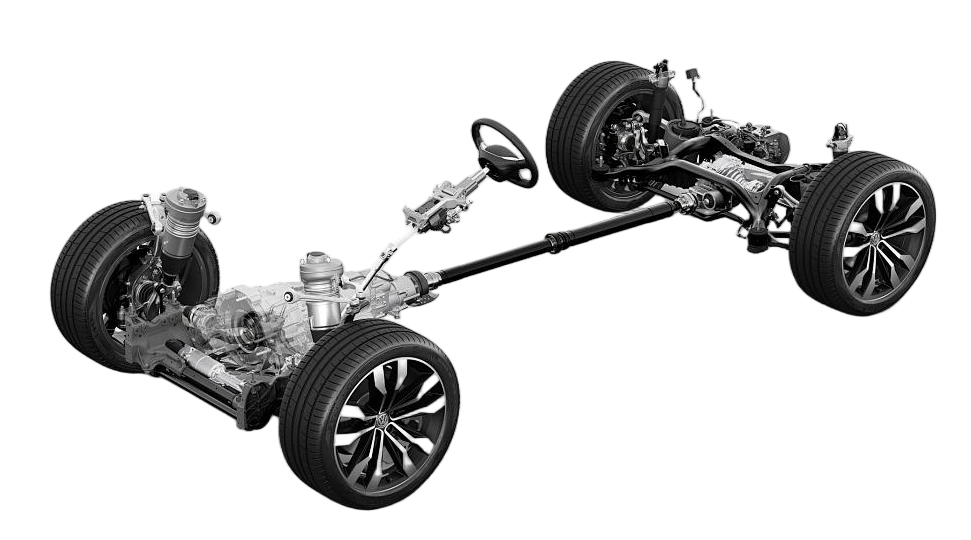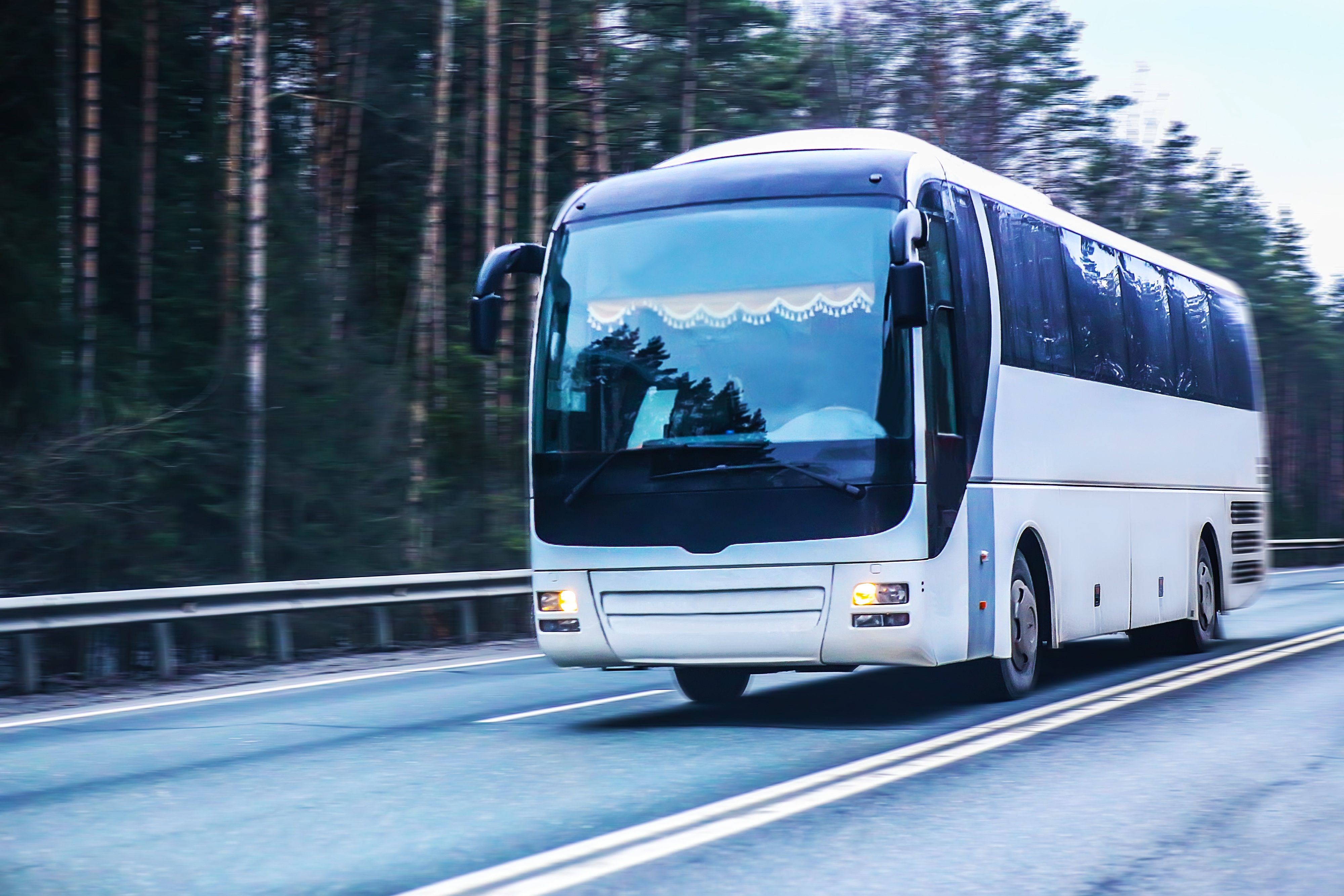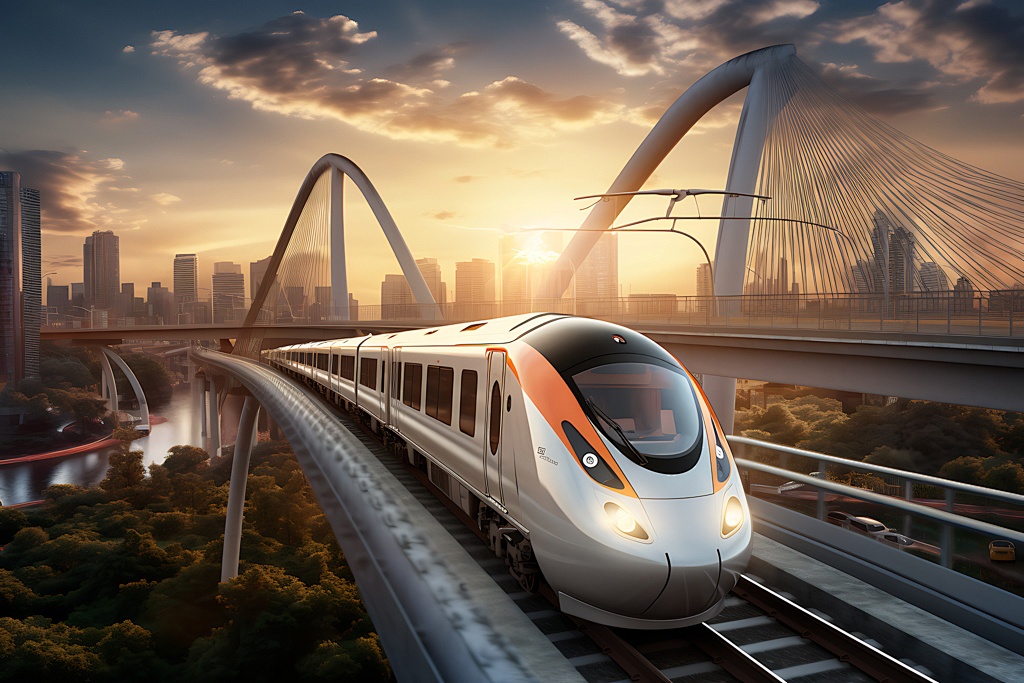Solution
Solution
MRD+air spring solution (suitable for SUVs, executive business vehicles)
MRD+air spring solution (suitable for SUVs, executive business vehicles)
The combination of air spring and magneto rheological damper is a more advanced intelligent vibration reduction system, which combines the adjustability of elastic elements and the dynamic response capability of damping elements. Its working principle combines the intelligent characteristics of gas mechanics and magnetorheological fluids, making it suitable for scenarios with higher requirements for comfort, handling, and load adaptability (such as high-end automotive suspensions, rail transit, industrial equipment vibration isolation, etc.)
Dual adjustability The stiffness and height of the air spring can be adjusted, and the damping of the magneto rheological damper can be adjusted to achieve a wider range of adaptability. Balance between Comfort and Handling The nonlinear stiffness of air springs naturally adapts to complex road conditions, and magnetorheological damping compensates for its insufficient damping. When changing lanes or turning at high speeds, the system can "harden" the stiffness and damping, avoiding the "floating feeling" of traditional air suspension. | Load adaptive Automatically increase air pressure and match high damping when overloaded to prevent suspension collapse or residual vibration. Energy consumption optimization The air pump of the air spring only works when adjusting the height or compensating for leaks, while the magneto rheological damper only requires low current to maintain the magnetic field. |
Application scenarios





